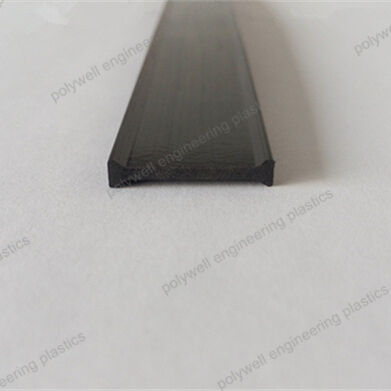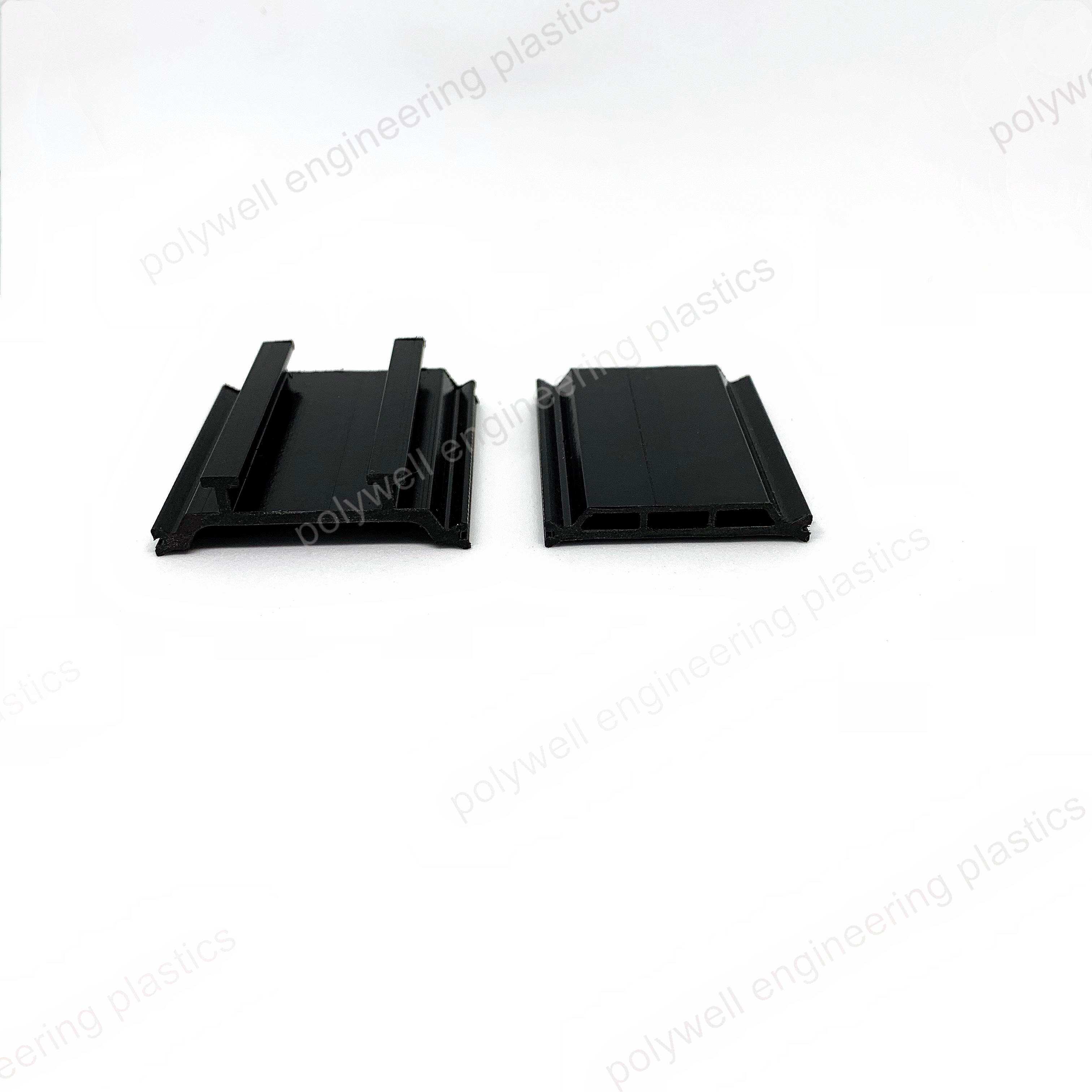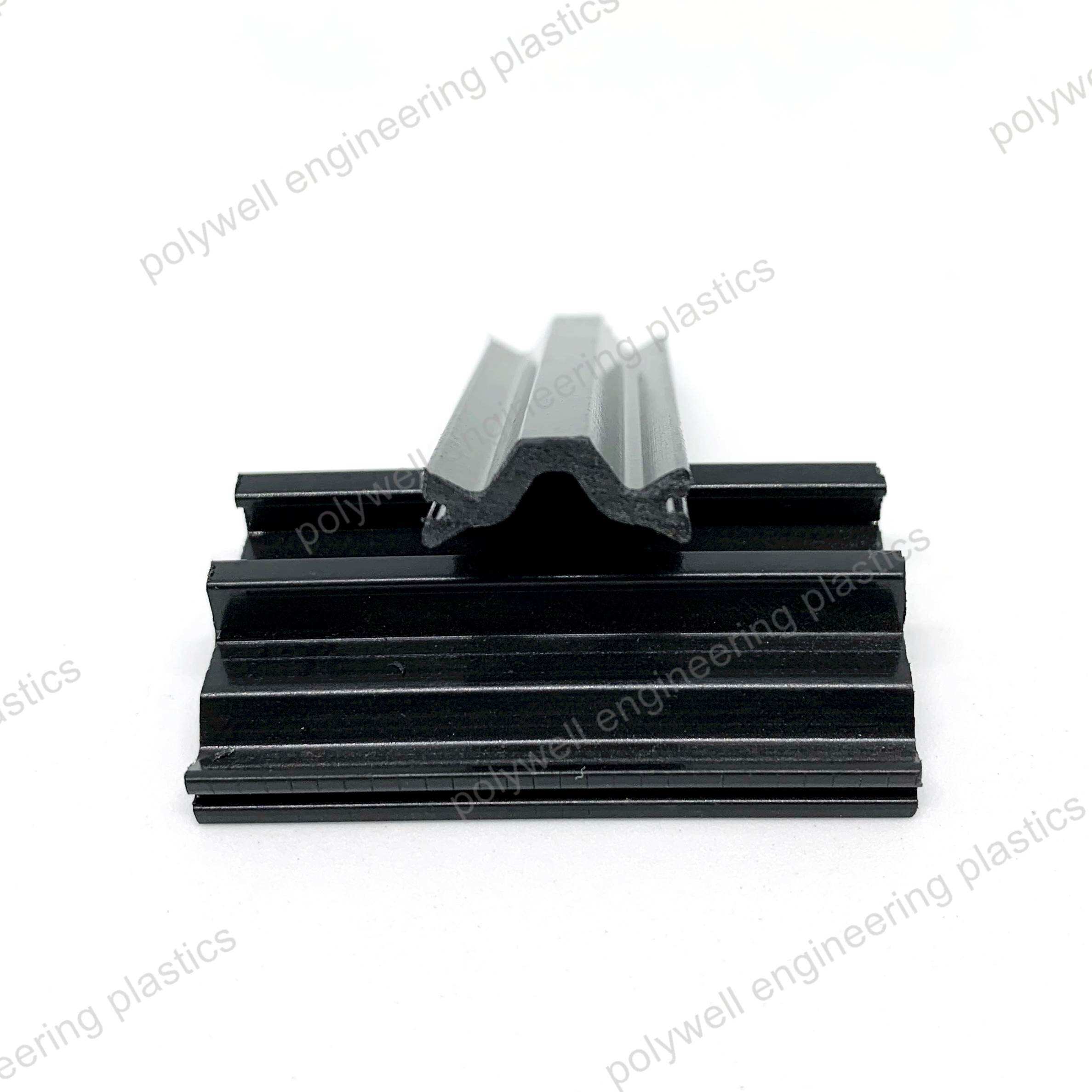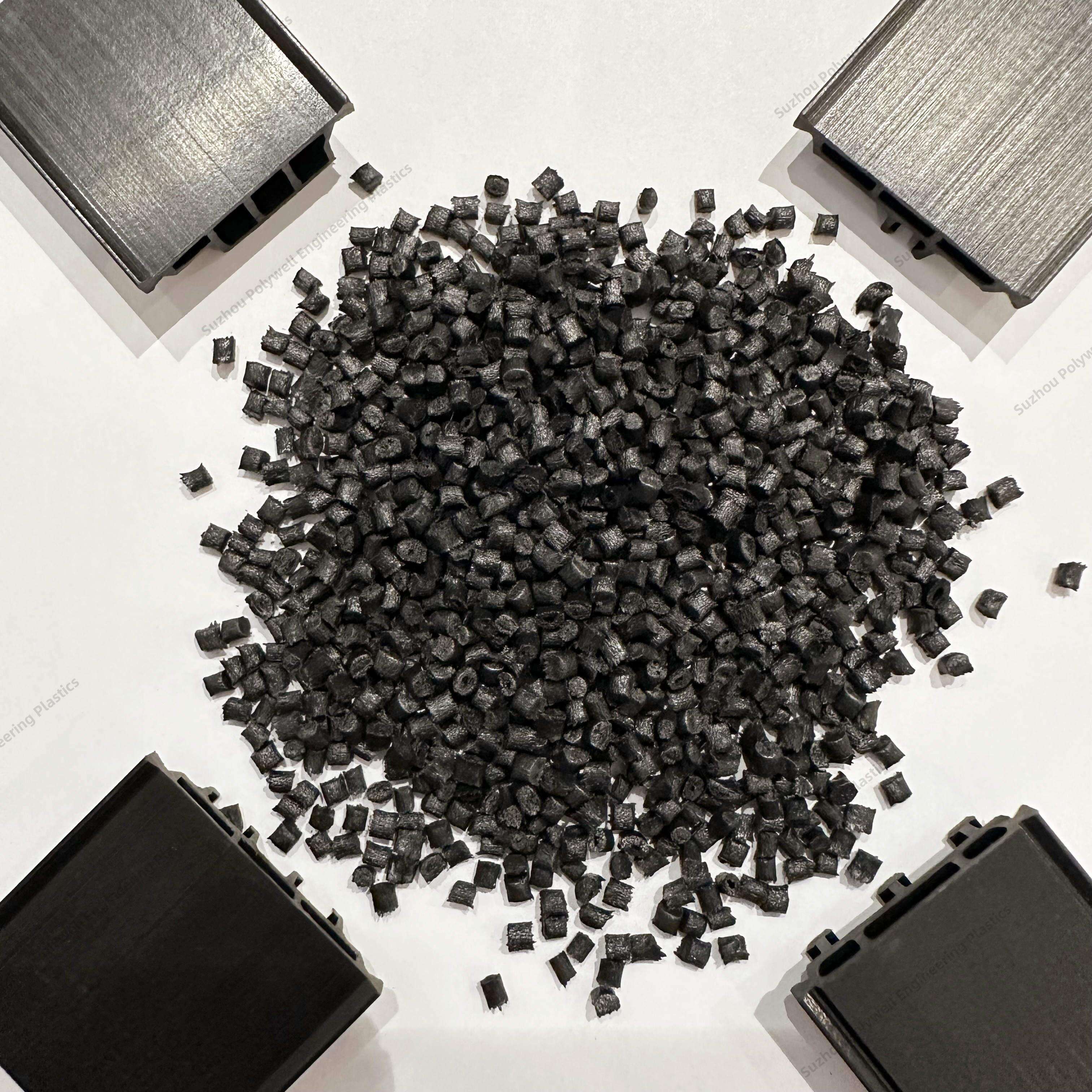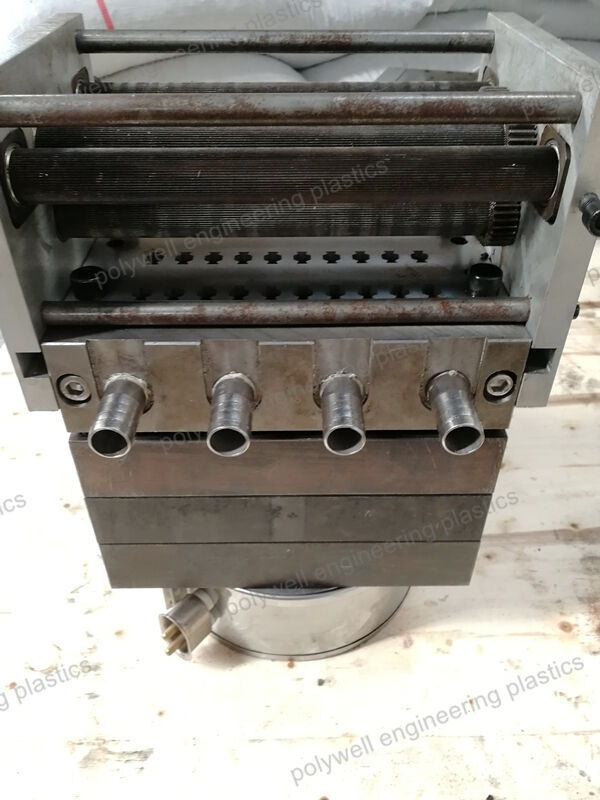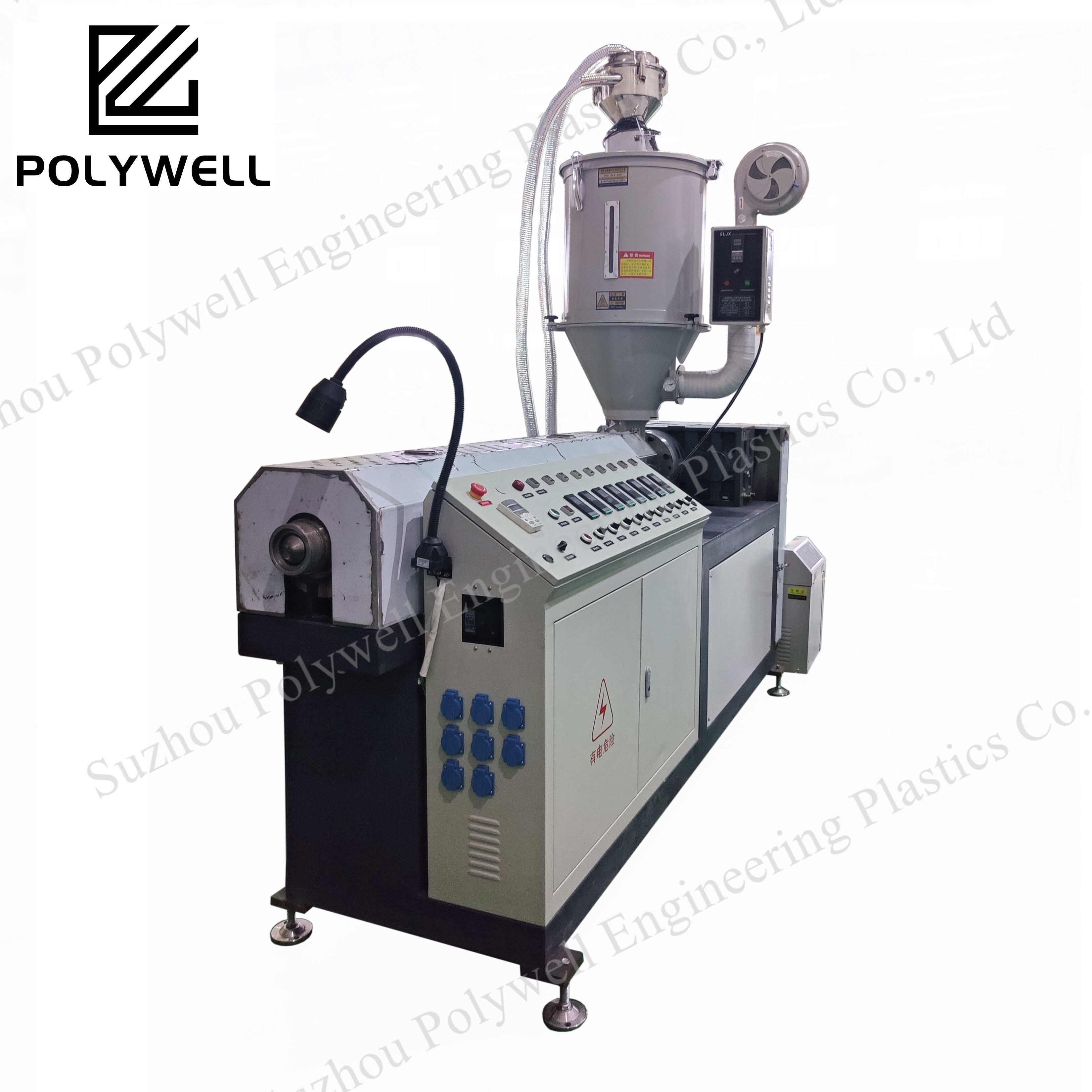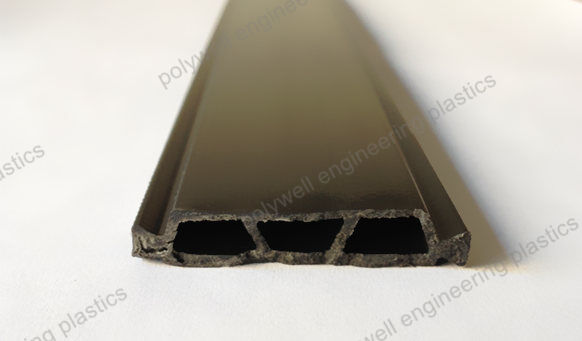I Shape PA66 GF25 Thermal Break Insulator Strip for Aluminum System Window and Door
Nylon Chain Guide Profile Rail Guide Runway Guide PA66 Profile
- Overview
- Recommended Products
- Pre-extruded profiles made from polyamide with 25 percent glass-fiber
- Locked in place in ‘pockets’ extruded into two separate (inner and outer) aluminum extrusions
- Enables finished assemblies with different finishes and colors on each surface
- Aluminum extrusion pockets need to be ‘knurled’ prior to insertion of the polyamide profiles-and ‘rolled’ to create a structurally-secure finished assembly
- The polyamide profiles can be supplied with ‘sealing-wire’ which give a reliable seal and enhanced shear strength when activated by heat e.g.-powder coating
- The aluminum extrusions can be finished either before or after installation of the polyamide strips
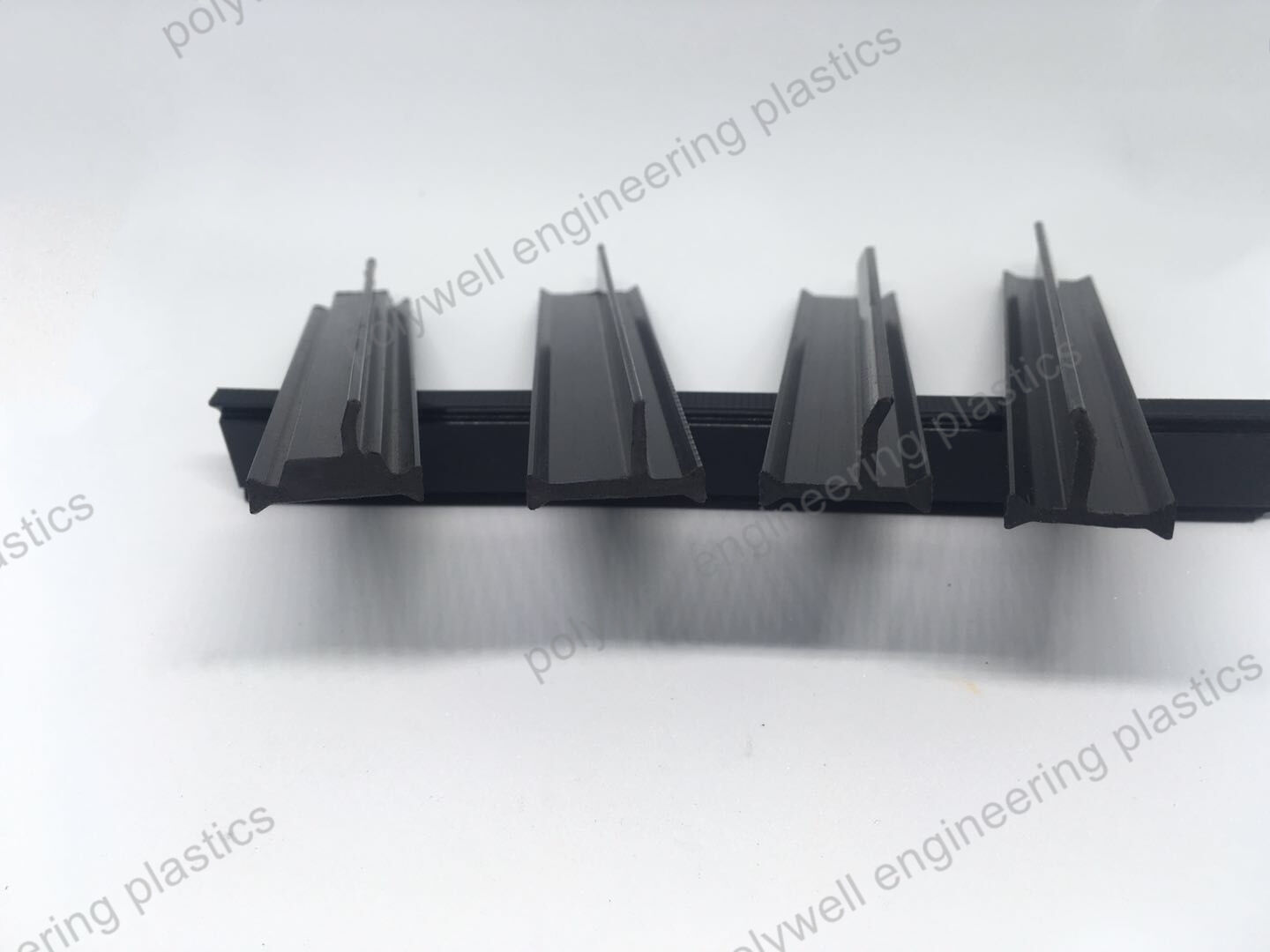
What is Polyamide Thermal Barrier Strips?
A thermal break is a material with low thermal conductivity, placed in an assembly, to reduce or prevent the flow of thermal energy between the inside and outside of a building.
Polyamide is a plastic that insulates more than 500 times better than aluminum, so thermal break profiles have a much lower Uf value – and transmit much less heat or cold. As a result, a building stays warmer in winter while keeping the heat outside more easily in summer.
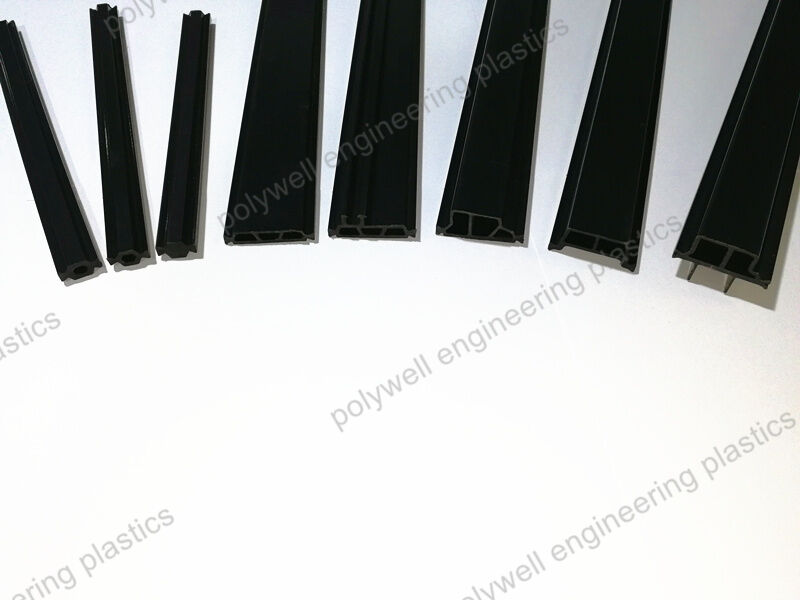
Why use polyamide strip as thermal barrier function?
1. Because polyamide strip including Polyamide and glass fiber, Its Strength can reach requirement for aluminum profile window, door, curtain and walls.
2. Conductivity of polyamide strip is very low, prohibit hot air or cold air transferred from outside to inside, energy saving product.
What are the different types of polyamides?
Polyamide (PA) Polyamides are among the most important and proven technical thermoplastics, known for their heat resistance, stiffness and high mechanical stability Polyamides can be classified into different types, with PA 6, PA 6.6 and PA 12 most established on the market.
Our polyamide strips are made of PA6.6 reinforced by 25% fiberglass.
Currently, there are two principal types of thermal barriers: polyamide thermal barrier strip and pour & debridge (P&D).
Our company only produce polyamide thermal barrier strip.
The Function of Thermal Break Windows
1. Broken bridge aluminum thermal break strips reduce heat conduction: the heat broken bridge aluminum alloy profiles are adopted, and the hollow glass structure is adopted. The broken bridge aluminum doors and windows reduce the heat conduction through the doors and windows. In this way, it will not feel hot under the high temperature of the scorching sun in summer. It's cold and windy in winter, and we don't feel cold. This ensures that the indoor temperature is maintained.
2. Prevent condensation: The temperature of the inner surface of the broken bridge aluminum door and window profile with thermal break strips is close to the indoor temperature, reducing the possibility of indoor moisture condensing on the surface of the profile due to supersaturation. This is crucial for the insulation of the window.
3. The broken bridge aluminum thermal break strip plays the role of heat preservation and energy saving. Broken bridge aluminum door and window frames with thermal insulation strips can reduce the heat loss through the window frames by one-third. In summer, if there is an air conditioner, window frames with thermal insulation strips can reduce energy loss more.
4. To protect the environment: through the application of the thermal insulation system of broken bridge aluminum doors and windows, energy consumption can be reduced, and the environmental radiation caused by air conditioning and heating can be reduced at the same time.
5. Broken bridge aluminum thermal break strips are good for health: the heat exchange between the human body and the environment depends on the indoor air temperature, air flow speed and outdoor air temperature. By adjusting the indoor temperature of broken bridge aluminum doors and windows, the use is lower than 12~13 ℃, and the most comfortable environment has been achieved.
6. Broken bridge aluminum thermal break strips reduce noise: the use of hollow glass structures with different thicknesses and heat-insulated bridge-broken aluminum profile cavity structures can effectively reduce the resonance effect of sound waves, organize sound transmission, and reduce noise by more than 30dB.
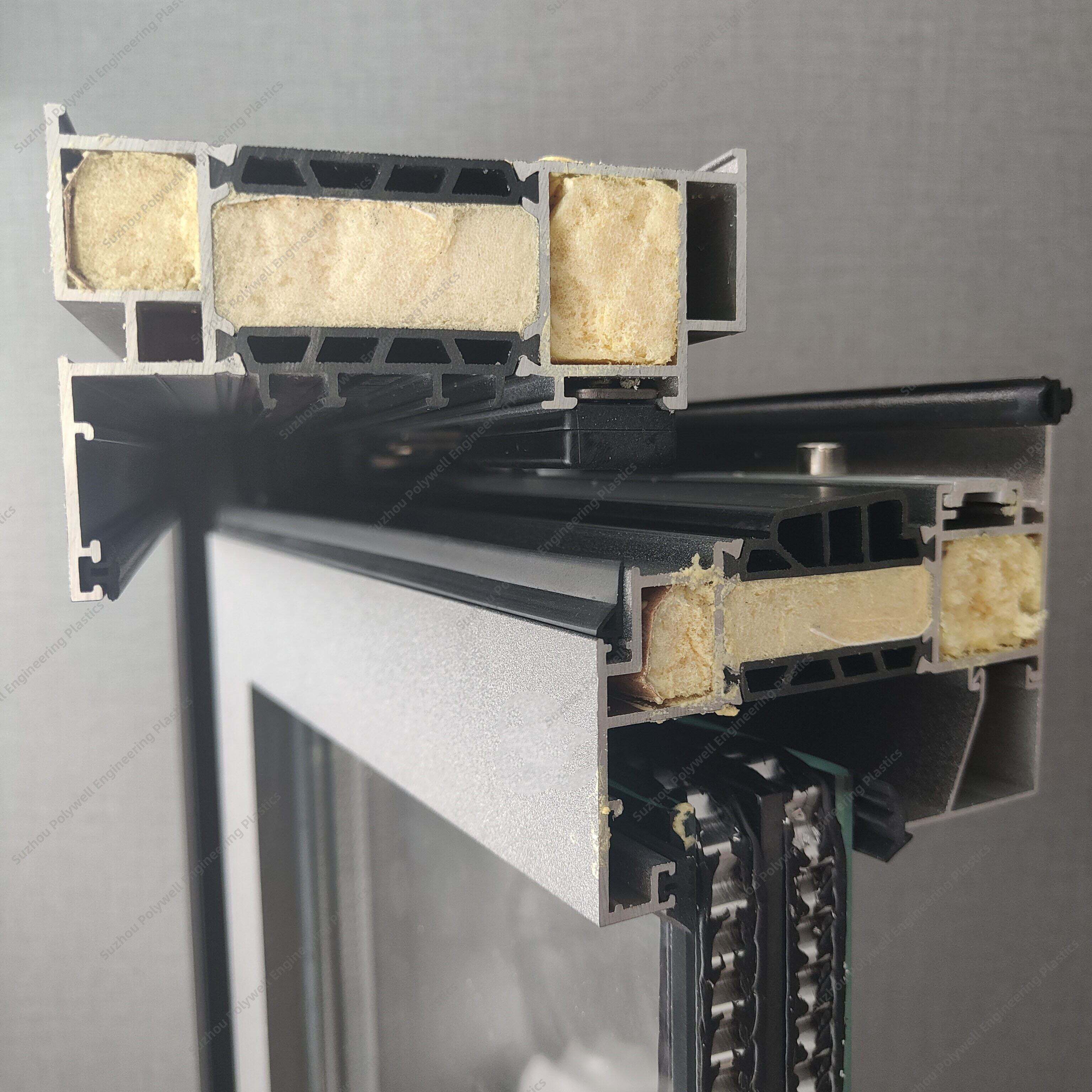
Is a thermal break good?
Adding a thermal break to a window or door prevents both heat and cold from transferring through the frames altogether, alleviating issues that might be caused by extreme environments. By controlling this transfer, thermally broken windows and doors improve energy efficiency.
Advantages of using polyamide strips:
They provide a better thermal insulation.
They need lesser use of metals.
The polyamide strips are cost-effective.
They are easy to create with thermal barriers.
They help in resources to be conservedand can reduce operating costs.
They ensure maximum stability of the structure.
They are more than effective in resisting condensation.
They don’t require any special handling or fabrication.
Why Should Choose PA66 Thermal Strips in Windows Instead of Other Materials?
Experiments have proved that under the action of thermal expansion and contraction, the PA66 nylon insulation strip has the same strength, rigidity and thermal deformation temperature as aluminum alloy, which avoids the danger of the thermal insulation strip and the aluminum alloy profile falling off due to thermal expansion and contraction, is a very critical material to ensure the safety of doors and windows.
PA66 nylon insulation strip is made of polyamide 66 as the base material, adding 25% glass fiber and 10% additives.
The advantages of nylon heat insulation strips: anti-alkali, anti-weak acid, anti-salt spray, anti-ultraviolet performance is good, the melt temperature is 252 degrees Celsius, which can effectively ensure the service life of doors and windows.
Application
Polyamide strip is one of the most common materials used for years to create thermal breaks in curtain walls, commercial windows, doors, and more. It is installed between the interior and exterior profiles of the windows that forms an insulating barrier between the two.
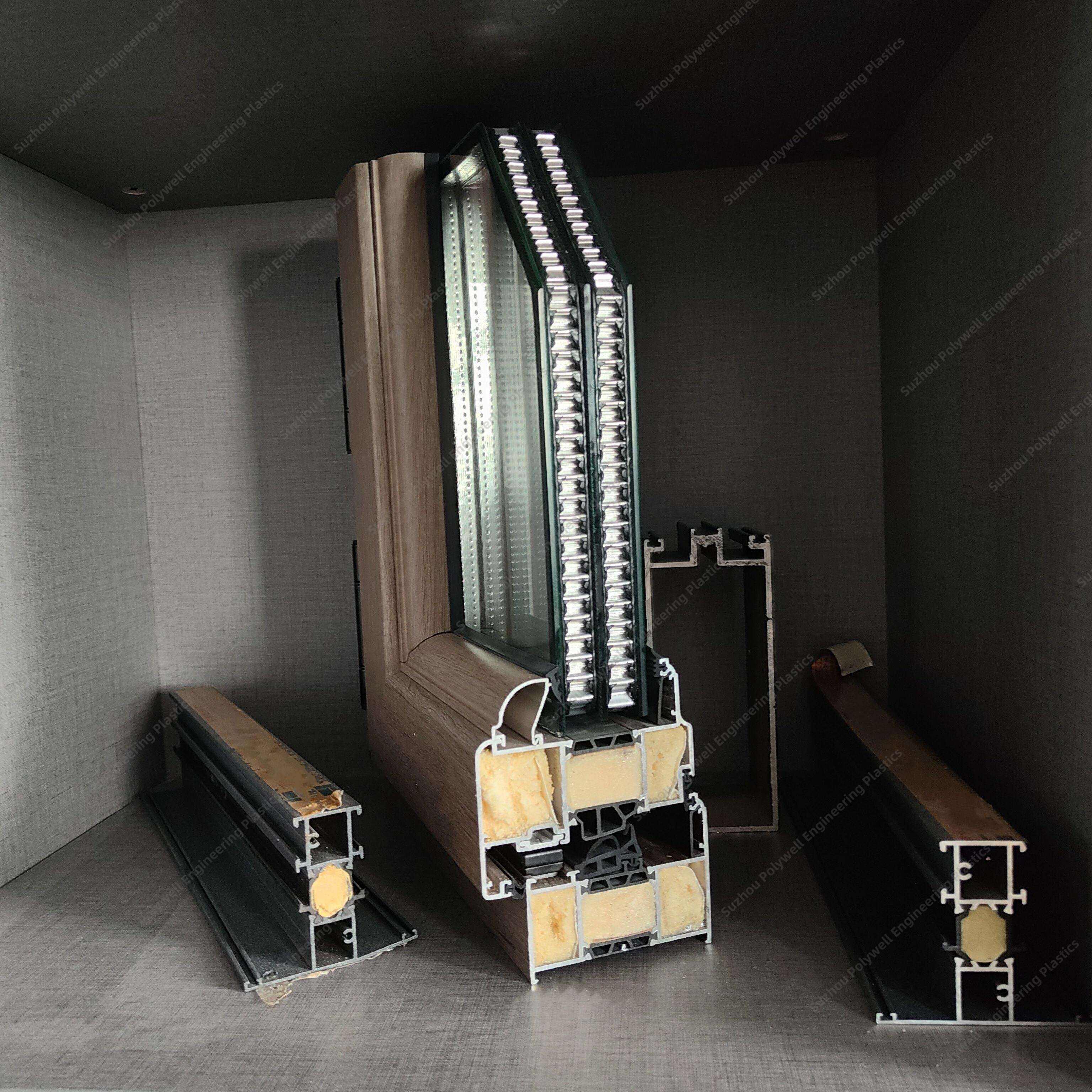
Storage Conditions
The strips will be stored in the ventilated and dry environment, horizontally placed, paying attention to waterproof, keeping away from the heat source, avoiding heavy pressure and the contact with acid, alkali as well as organic solvent.
Package
For all specifications / shapes, they could be packaged in linear, the length will be 6 meters, or customized.
For the Shape "I" "C", and some simple shapes, they can be packed in rolls. The length usually is around 300-600 meters per roll.
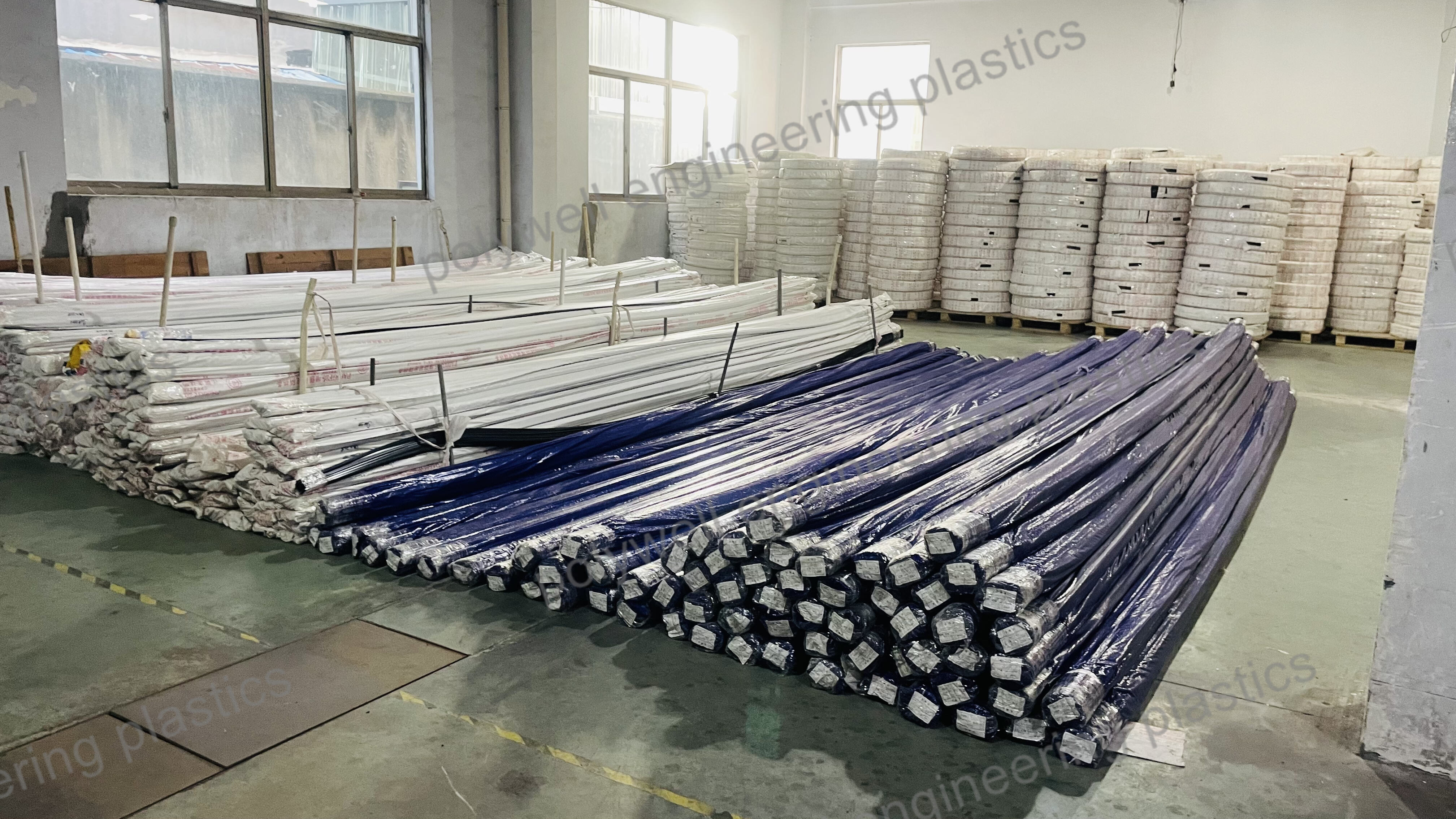
Our service about test
1.Size precision inspection insulation, according to the national standard GB/T23615.1-2017, the size precision of detection for customers of heat insulation strip.
2.Detection and analysis of insulation of internal structure, according to the national standard GB/T23615.1-2017. analyze the internal structure of insulation detection for customers.
3.Insulation density test, according to the national standard GB/T23615.1-2017, the application of electronic weighing instrument for detecting insulation density.
4.According to the national standard GB/T23615.1-2017, the insulation room temperature transverse tensile characteristic value, non-notched impact strength, high temperature and transverse tensile characteristic value of the test.
Different shapes:
I-type thermal break strip is a common insulation material for doors and windows, with a shape similar to the uppercase English letter "I". It is the first generation and easiest shape of polyamide strips.
Compared to other types of thermal break strips, the advantage of I-type strips is that their longer length can better adapt to the width of doors and windows, improving the thermal break effect.
In addition, type I insulation strips can also adapt to different door and window sizes and specifications through their own shape and structure, with high flexibility and adaptability.
For the I-type strips, we can provide the following size or customize according to customer’s drawing.

The C-type design provides a longer heat conduction path, resulting in better heat insulation performance than I-type strip, while also having better longitudinal load-bearing capacity. Besides, the C-type PA strip is also a necessary condition for the stepped drainage of thermal broken bridge aluminum.
For the C-type strip, we can provide the following size or customize according to customer's drawing.

The design of T-type thermal break strips usually includes a horizontal section and a vertical section, forming a "T" - shaped structure.
This design adds a small section under the thermal break strip, allowing the sealing strip to overlap with the thermal break strips, thereby improving the overall insulation performance.
For the T-type strip, we can provide the following size or customize according to customer's drawing.

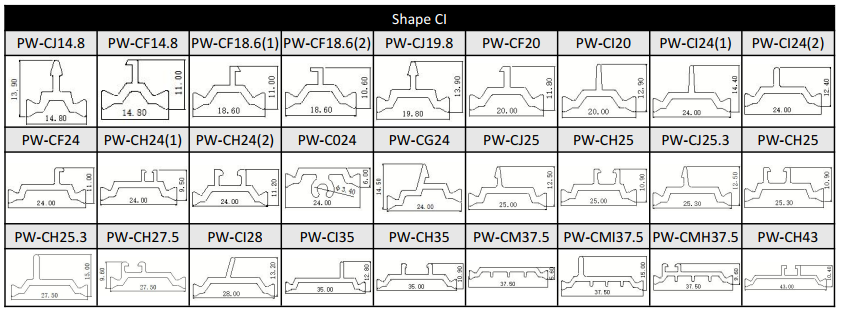
Hollow thermal break strip, also known as multi-cavity insulation strip, can reduce heat transfer by changing the air flow path, thereby achieving insulation effect and further improving insulation performance.
Hollow thermal break strip are currently the mainstream products in the market and can support large width sizes. Many thermal break strips with a diameter of 35mm or more on the market are made into multi-cavity shapes, and their longitudinal load-bearing capacity is very high.
For the hollow type strip, we can provide the following size or customize according to customer's drawing.

Product Performance
Item |
Unit |
GB/T 23615.1-2009 |
PW-Technical specification |
Density |
g/cm3 |
1.3±0.05 |
1.28-1.35 |
Linear expansion coefficient |
K-1 |
(2.3-3.5)×10-5 |
(2.3-3.5)×10-5 |
Vicat softening temperature |
ºC |
≥230 |
≥233 |
Melting point |
ºC |
≥240 |
≥240 |
Testing for tensile cracks |
- |
No cracks |
No cracks |
Shore hardness |
- |
80±5 |
77-85 |
Impact strength(Unnotched) |
KJ/m2 |
≥35 |
≥38 |
Tensile strength(longitudinal) |
MPa |
≥80a |
≥82a |
Elasticity modulus |
MPa |
≥4500 |
≥4550 |
Elongation at break |
% |
≥2.5 |
≥2.6 |
Tensile strength(transverse) |
MPa |
≥70a |
≥70a |
High temperature tensile strength(transverse) |
MPa |
≥45a |
≥47a |
Low temperature tensile strength(transverse) |
MPa |
≥80a |
≥81a |
Water resistance tensile strength(transverse) |
MPa |
≥35a |
≥35a |
Aging resistance tensile strength(transverse) |
MPa |
≥50a |
≥50a |
1. Sample water content less than 0.2% by weight.
2. Norm laboratory condition:(23±2)ºC and (50±10)% relative humidity.
3. The specifications marked with "a" only applies to I-shape strip otherwise, the specifications concluded between supplier and buyer through consultation, shall be written in contract or purchase order.

 EN
EN







































